Cease and Desist Letter Templates for Legal Protection
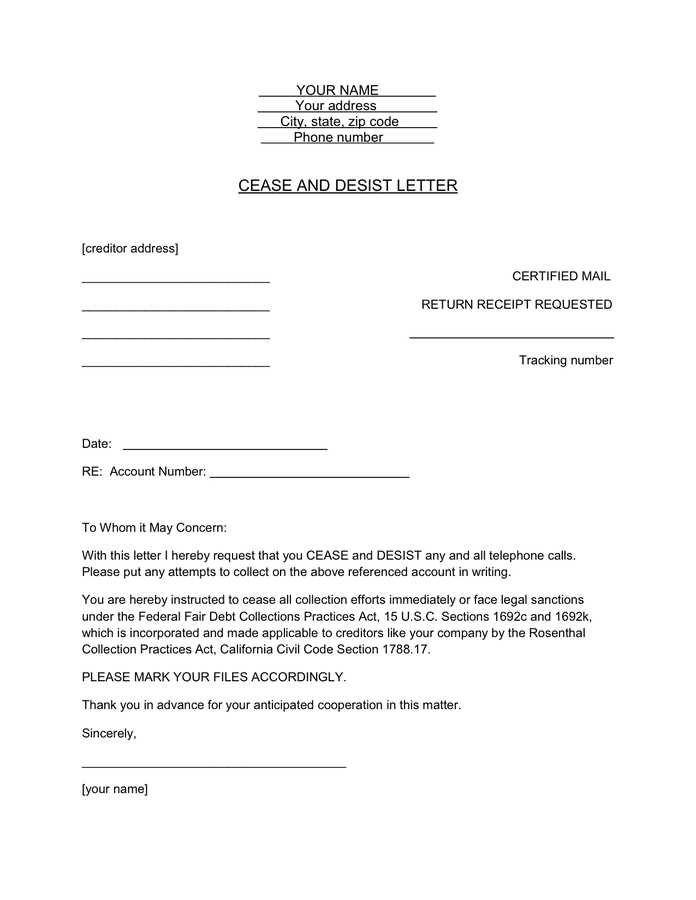
When facing situations where someone violates your rights or engages in inappropriate actions, taking swift legal action is essential. One effective way to address this is by issuing a formal request to stop certain behaviors, ensuring your interests are respected. These requests can help avoid lengthy disputes and unnecessary legal actions, offering a clear path to resolution.
Utilizing a well-structured document in these circumstances is crucial. The right format helps convey your message clearly and professionally, making it easier to take appropriate measures. Whether you’re dealing with intellectual property issues, harassment, or other legal matters, knowing how to craft such a document properly can make all the difference in achieving a quick resolution.
In this guide, we’ll explore the components and key points involved in drafting an effective formal request. You’ll learn how to tailor it to your specific needs and avoid common mistakes that could undermine its effectiveness.
Understanding Cease and Desist Letters
In legal matters, there are times when immediate action is needed to prevent further harm or infringement on your rights. A formal request to halt specific actions serves as a tool to protect your interests without resorting to lengthy court proceedings. These documents are essential in addressing violations efficiently, providing a clear message to the offending party about the need for compliance.
Purpose of Formal Notices
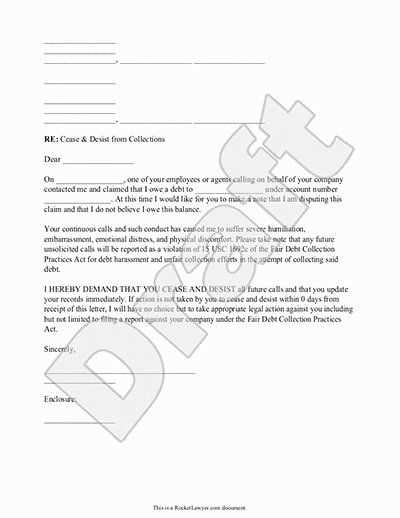
The primary goal of such a document is to stop undesirable actions before they escalate. By issuing this request, you inform the other party that their actions are legally unacceptable and must be stopped immediately. It acts as a warning and an opportunity to resolve the issue without involving legal courts, saving both time and resources for everyone involved.
Legal Power Behind the Request
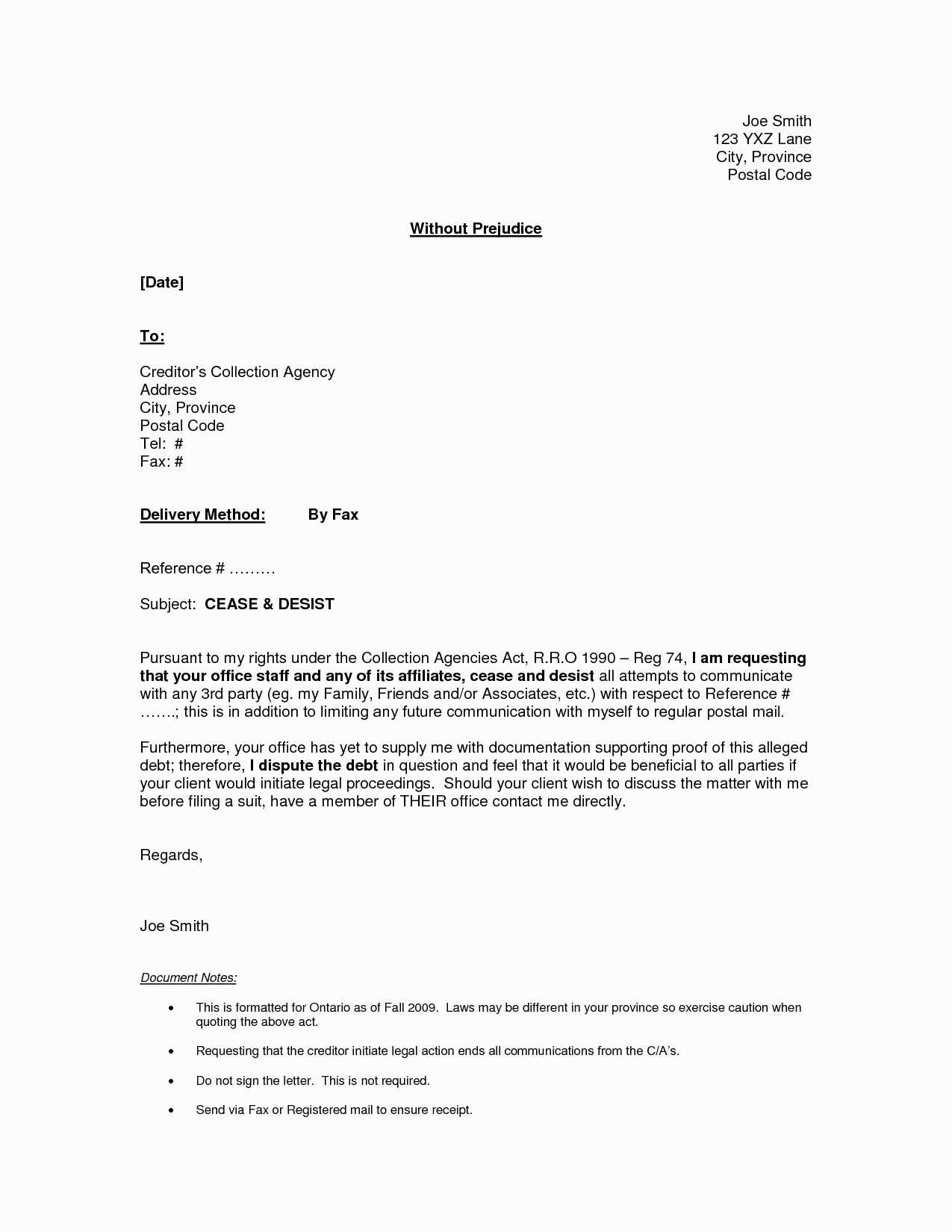
While these documents do not have the same immediate power as a court order, they carry significant weight in legal matters. If the recipient ignores the request, the situation may escalate into a formal lawsuit. This makes the document a crucial first step, as it establishes a clear record of your attempt to resolve the issue amicably and professionally.
Importance of a Proper Template
When addressing legal issues or infringements, the structure of your communication plays a critical role in ensuring your message is both clear and effective. A well-organized document can significantly improve your chances of resolving a conflict without escalating the situation further. By using a correct format, you convey professionalism and demonstrate that you’re serious about protecting your rights.
Clarity in Communication
One of the most important aspects of any formal request is clarity. The recipient must fully understand the nature of the issue, the actions they need to take, and the consequences of ignoring the request. A properly structured document ensures there is no room for misunderstanding, making it easier to enforce your rights if the matter progresses to further legal steps.
Legal Effectiveness
Using a well-crafted document also increases the likelihood that your request will be taken seriously in a legal context. In cases where the situation escalates, having a properly formatted record of communication may strengthen your position in court. It can show that you followed the necessary procedures before pursuing more formal action, which can positively influence the outcome.
Key Elements of Effective Letters
For a formal request to be impactful, it must contain certain key elements that ensure its clarity and effectiveness. These components help convey your message with precision, leaving no room for ambiguity. Properly including all relevant information not only strengthens your position but also increases the likelihood that the recipient will comply with your demands.
First, it is important to identify the issue clearly, providing specific details of the violation or harmful behavior. This includes dates, times, and any supporting evidence that proves your case. Additionally, the letter must outline the exact actions the recipient needs to take to resolve the issue and include a clear deadline for compliance.
Another crucial element is the tone. The message should be firm but professional, ensuring that it is taken seriously while maintaining an appropriate level of decorum. A well-balanced tone can lead to a positive resolution without unnecessary escalation.
How to Customize Your Letter
Customizing your formal request ensures it directly addresses your specific situation and maximizes its effectiveness. A generic form may not fully capture the nuances of your case, making it less likely to achieve the desired outcome. Tailoring the document allows you to present your claims in a clear and relevant way, increasing the chances of compliance from the recipient.
Identifying Specific Issues
To create a personalized communication, start by clearly identifying the specific problem. Include details such as the nature of the violation, the impact it has had, and any relevant legal references. This makes the document more compelling and shows that you are serious about addressing the matter professionally.
Adjusting the Tone and Urgency
The tone of the message can significantly affect how it is received. Adjust the level of firmness based on the severity of the situation. For instance, in cases of minor violations, a polite tone may be sufficient, while more serious issues may require stronger language to ensure the recipient understands the urgency. Be sure to include a reasonable deadline for compliance and the consequences of failure to act.
Common Mistakes to Avoid
When drafting a formal request to stop harmful actions, it’s crucial to avoid common errors that can weaken your position. Small mistakes can lead to confusion, delays, or even make it harder to enforce your rights if the situation escalates. Being aware of these missteps ensures your message is clear, professional, and legally sound.
Vague or Ambiguous Language
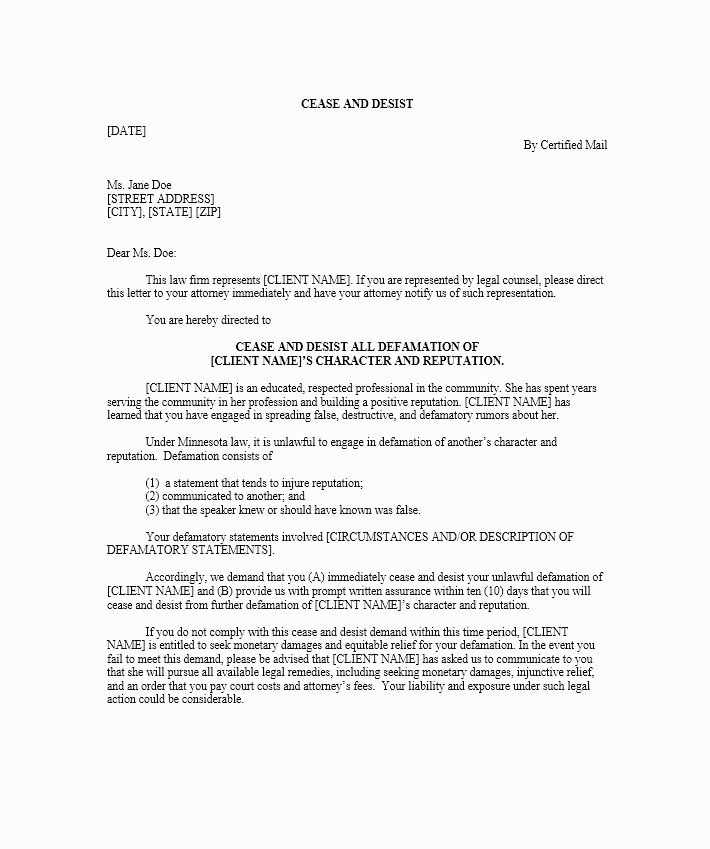
One of the most frequent errors is using unclear or vague language. A formal communication should be straightforward and specific. Avoid general terms that don’t describe the issue in detail. Clearly identify the actions that need to be stopped and provide concrete examples to support your claims. The more precise the request, the more likely the recipient will understand the seriousness of the situation.
Failure to Include Consequences
Another common mistake is not outlining the potential consequences of non-compliance. It’s important to specify the next steps if the recipient does not act according to your request. Whether it’s pursuing legal action or other measures, making the consequences clear establishes the importance of taking your request seriously.
Legal Consequences of Ignoring Letters
Ignoring a formal request to stop harmful actions can lead to serious legal consequences. Failure to comply with such a notice may escalate the situation, leading to more severe legal action. It is essential to understand the risks involved when a recipient disregards these communications, as it can lead to costly and time-consuming proceedings.
Potential Legal Actions
If the recipient fails to respond or act on the formal request, several legal options may become available to the sender. These include:
- Filing a lawsuit: Ignoring the request can result in a court case, which may be costly and time-consuming for both parties.
- Monetary penalties: In some cases, the court may impose fines or other financial penalties for failing to comply with the notice.
- Injunctions: The court may issue an injunction to force the recipient to stop the harmful activity.
Impact on Legal Standing
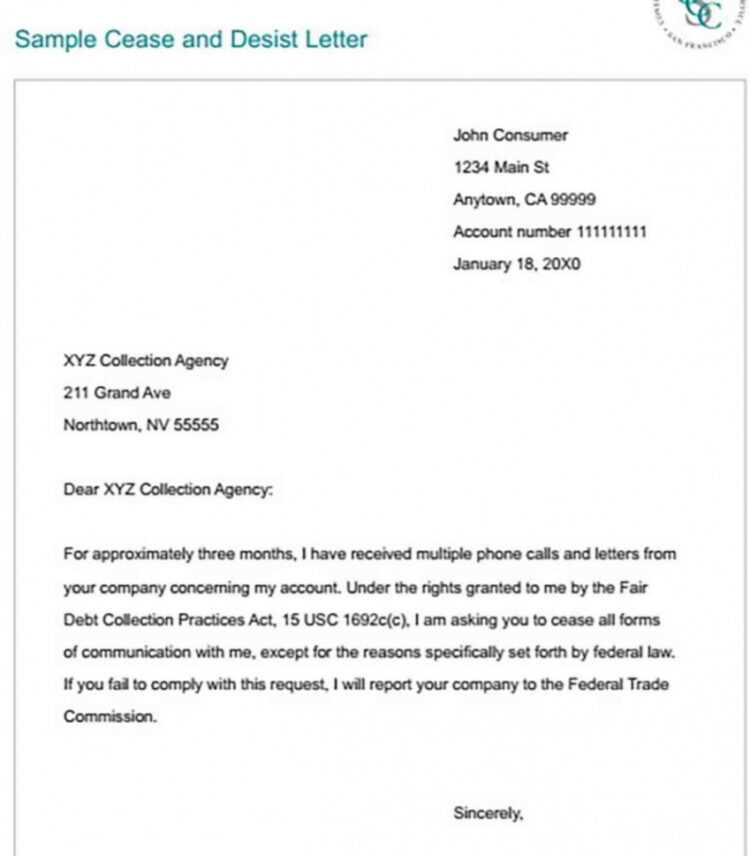
Ignoring a formal request can also negatively impact the recipient’s legal standing. Courts may view non-compliance as an indication of bad faith, which can influence the outcome of any future legal proceedings. This can also harm the recipient’s reputation and make it harder for them to defend their actions in court.